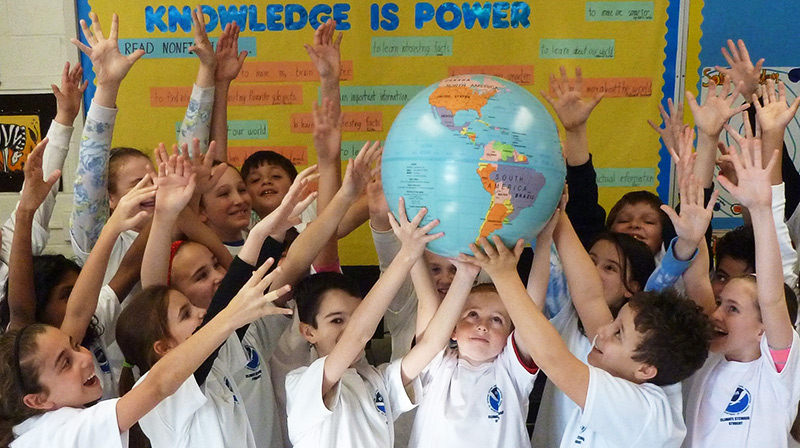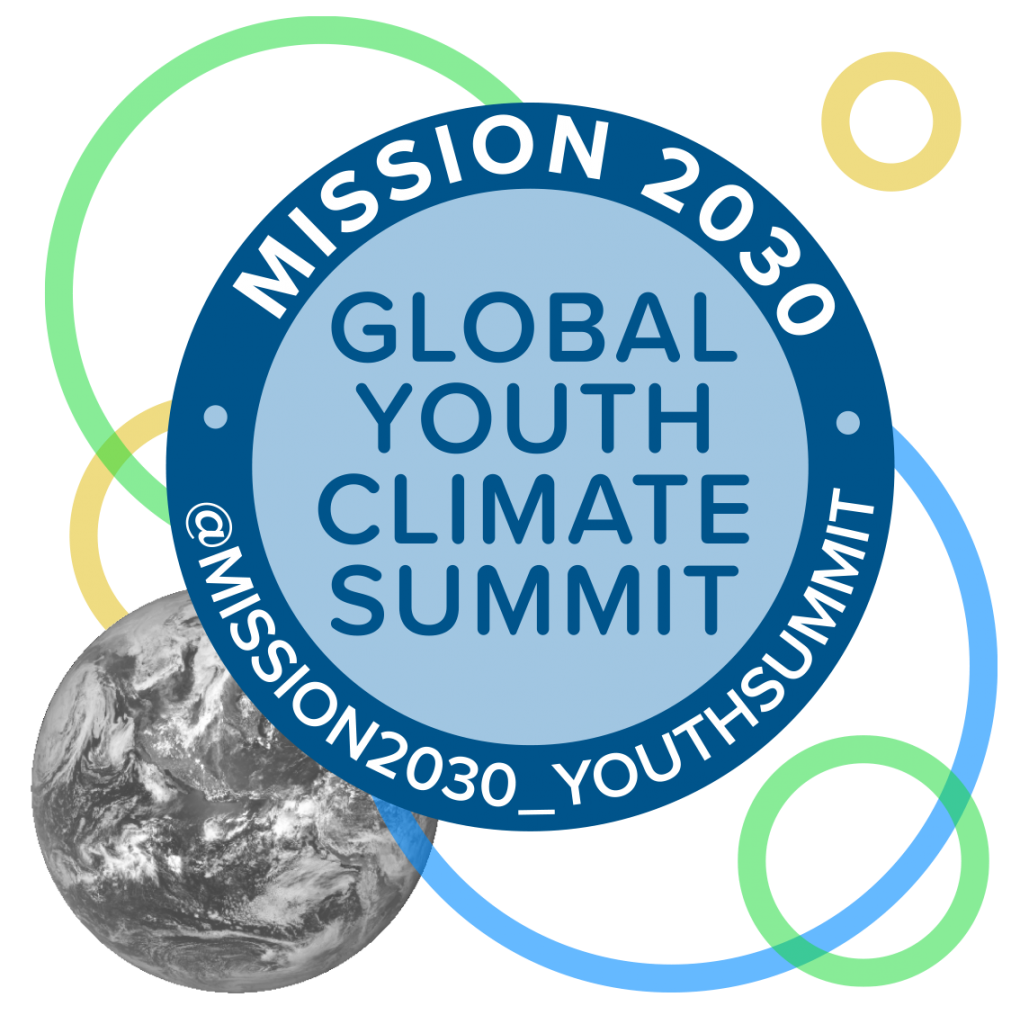Talking to Children About Climate Change
Read the entire article at NOAA.
The scientific evidence is in. No matter what local weather we’re experiencing on a day-to-day basis, our planet is warming up, with far-reaching implications for us all. The conversation in scientific circles now is how Earth will respond, how well the living things on Earth will be able to adapt, who will be the winners and the losers, and what we can do to slow down our warming climate.
Some think of climate change as a topic for grown-ups. However, even young children are able to understand the basic idea. More importantly, they’re able to begin taking action to slow down global warming. It’s in their best interest to do so. Their future depends on the actions we all take now. If we teachers, and their parents, don’t tell them the truth, and don’t point the way toward a positive future, who will?
When talking with children about climate change, match the depth of conversation to the child’s age. Keep it honest. Children want to know the truth. They want to understand this world they’re living in without being overwhelmed by too much information.
Explain the difference between day-to-day weather and “climate,” the average weather over a long period of time (a decade or more). Read a children’s book about climate change together. Assign pairs of students to read and discuss newspaper articles on climate. Watch a YouTube video together about the difference between weather and climate, and how to use a graph to predict future climate. Visit the Environmental Protection Agency’s website for the background basics of climate change. For more advanced information, see the National Oceanic and Atmospheric Administration’s website, Climate.gov. You may have to translate sophisticated language, but your students will benefit by seeing the graphics, and you’ll be given accurate information. In addition, older children will benefit by hearing such terms as mean, trend, and evidence, in real world contexts.


